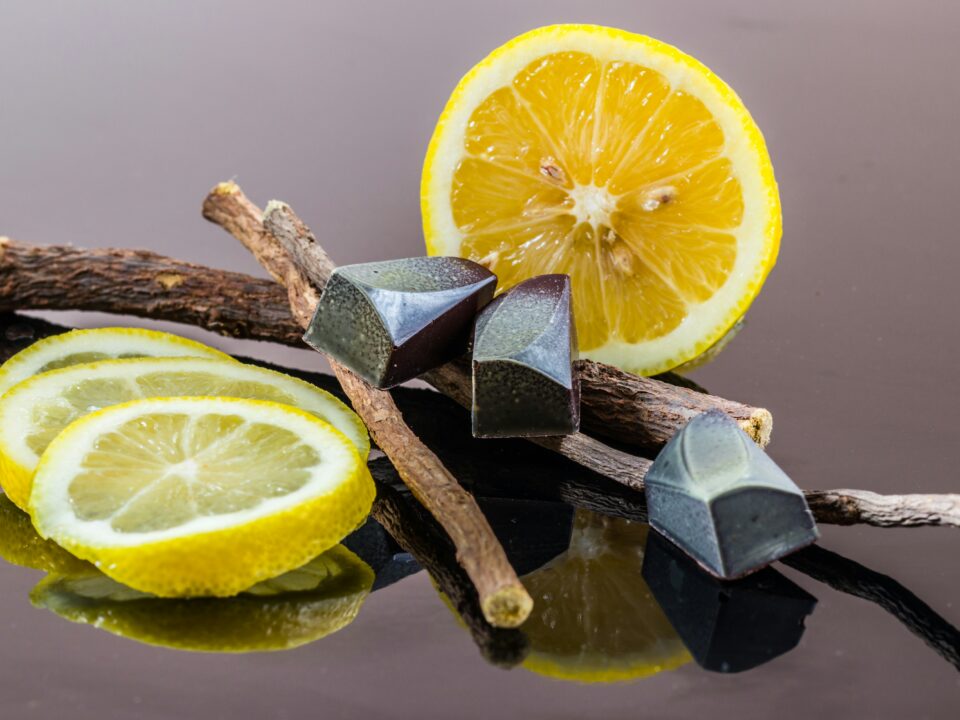
Mandelic acid, classified as an aromatic alpha hydroxy acid, presents as a white crystalline solid that dissolves in both water and polar organic solvents. This compound serves as a valuable precursor to various pharmaceuticals and exhibits chirality. The racemic mixture is referred to as paramandelic acid.
The discovery of mandelic acid can be credited to the German pharmacist Ferdinand Ludwig Winckler (1801–1868) in 1831. He stumbled upon it while heating amygdalin, an extract from bitter almonds, with diluted hydrochloric acid. The name “mandelic” is coined from the German term for “almond.”
Throughout its history, mandelic acid has found application in the medical field as an antibacterial agent, particularly in the treatment of urinary tract infections. It has also been utilized as an oral antibiotic and has been featured in chemical face peels akin to other alpha hydroxy acids.
In the context of skincare, all alpha hydroxy acids, including mandelic acid, serve to exfoliate the skin. However, it is essential to note that their use increases susceptibility to sun damage, underscoring the importance of sunscreen in any AHA regimen. Mandelic acid is frequently found in combination with other products and is employed to enhance skin texture via exfoliation.
Mandelic acid, being a chemical exfoliant, operates by catalyzing the removal of older skin cells without relying on abrasive scrubs. This process encourages increased cell turnover and reduces the appearance of skin damage or acne by dislodging surface skin cells. The result is brighter, strengthened skin that exhibits a reduction in dark marks and sun damage.
Mandelic acid is also known for its skin-brightening properties, making it a valuable component in addressing photodamage. Its larger molecule size renders it a suitable choice for individuals with sensitive skin, as it does not penetrate deeply, thereby minimizing the risk of irritation.
When incorporating mandelic acid into a skincare routine, it is advisable to avoid using retinol for at least three to five days before application. However, it can typically be safely combined with other active ingredients. Following a mandelic acid peel, it is recommended to refrain from activities that cause sweating and to protect the skin from the sun’s UV rays, given its heightened sensitivity.



